Q&a / Why eyeliner is about more than just aesthetics: Lebanese-British author Zahra Hankir reveals the make-up’s history, and cultural and spiritual significance, in her new book

Journalist Zahra Hankir never leaves the house without her eyeliner.
She picked up the habit from her mother, a Lebanese immigrant who, while raising six children in the United Kingdom, always found time to line her eyes with kohl from the Middle East.
Hankir delves into the story of this age-old cosmetic in her new book Eyeliner: A Cultural History. It turns out, she says, that “there’s much more to eyeliner than meets the eye”.

“Eyeliner carries a lot of weight and a lot of history,” Hankir said. “It’s about power. It’s about race. It’s about religion. It’s about community. I want people to kind of think differently when they see eyeliner.”
We sat down with Hankir for a deep dive into her new book.
You’ve previously covered politics and economics in the Middle East. What made you want to tackle eyeliner?

I was having dinner with an Iranian friend when I pulled out my eyeliner. For Iranians, sormeh, which is like a form of eyeliner or kohl, is also very central to their culture. And we started discussing how important it was to us. I thought, “Oh my gosh, I don’t think this has been done before.”
How well do skincare and make-up hybrid products actually work?
I really never imagined that I would write an entire book about an item of make-up. My first book Our Women on the Ground was a compilation of essays by Arab women journalists writing about war. But it wasn’t so different in that what I try to do in my work is to deflect from the Western gaze. Eurocentric beauty norms have really dominated the beauty discourse for so long. I felt that this was such a perfect way to kind of celebrate other cultures and communities, especially because eyeliner originates in ancient Egypt.
Eyeliner seems unique in the beauty landscape in that it spans so many cultures, genders and centuries. Is it because it frames the eyes, which are considered the windows to the soul?
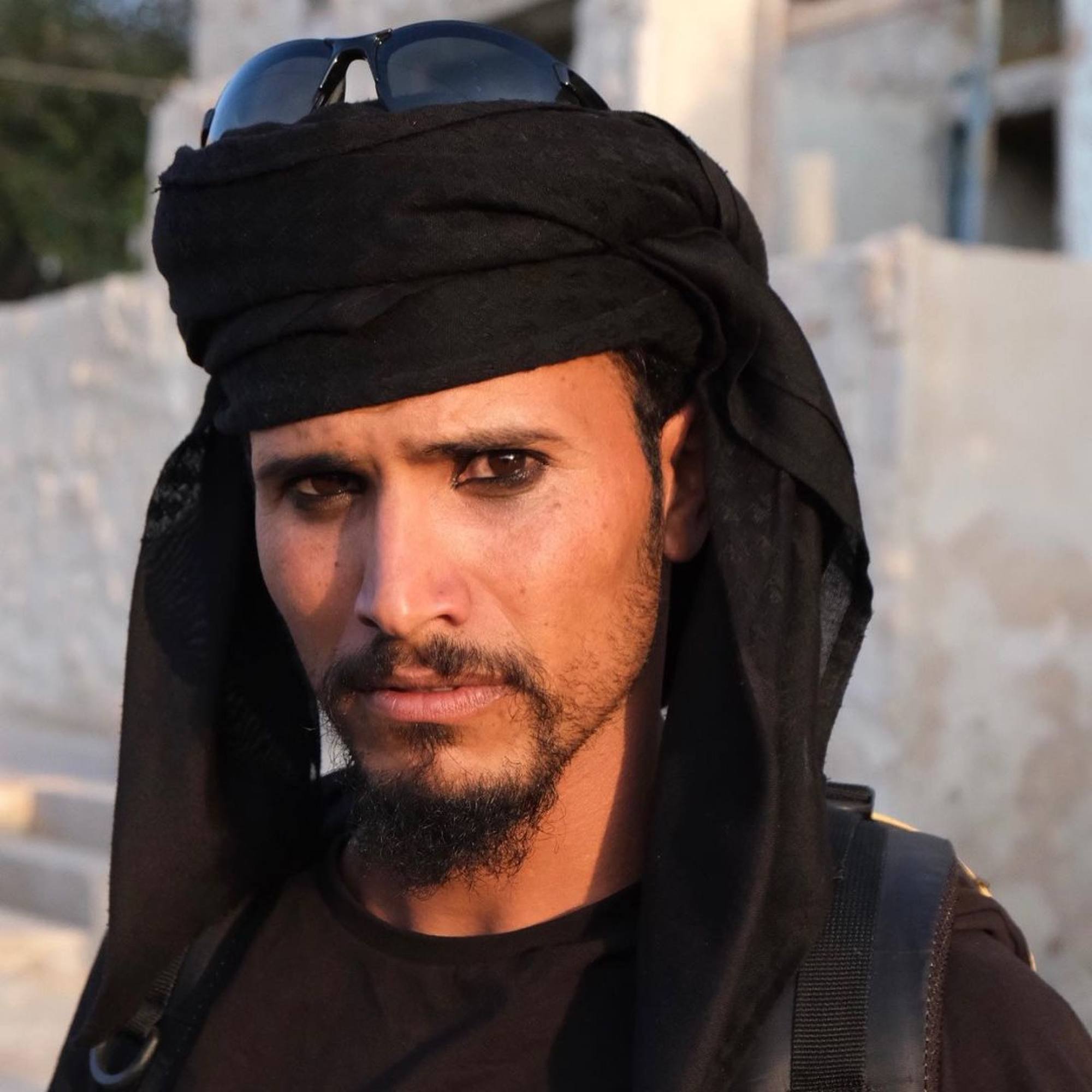
This was echoed across all the cultures and communities I studied. My understanding became that the eyes are so central not just to beauty, but to so many other elements. In Islam, for example, the Prophet Muhammad was said to wear a form of eyeliner around his eyes for medicinal purposes and to thicken the eyelashes. Therefore, Muslims started wearing it to emulate the prophet.
The multifaceted nature of the use of eyeliner differentiates it from other items of make-up, too. In contemporary make-up, the flick of the line can convey different messages. Some TikTokers argue that the angle of the swoosh can reveal whether you’re Gen Z or millennial. Among different girl gangs, the angle of the wing can indicate what gang you belong to.
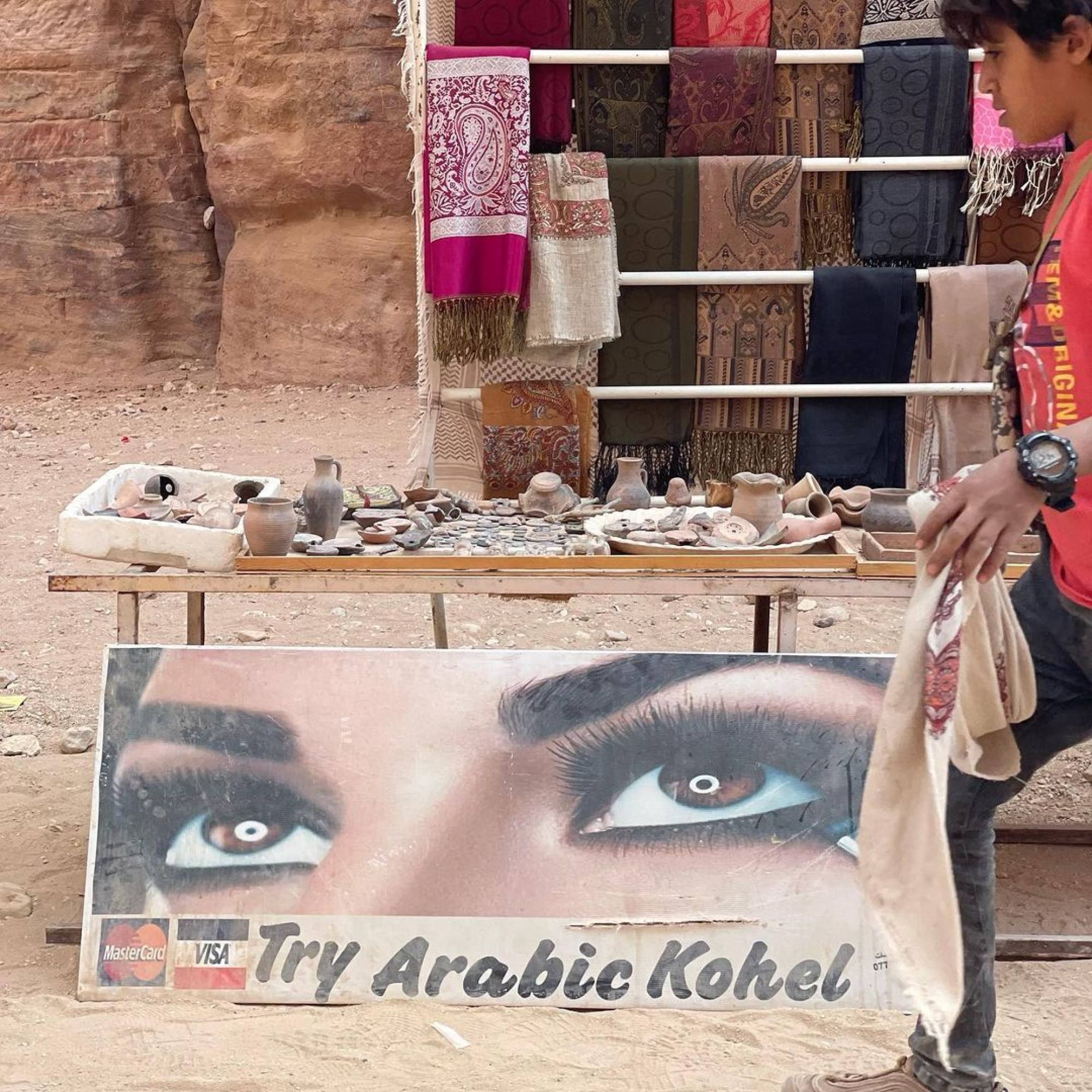
But really, the eyes being so important and central to one’s aesthetic, spirituality, identity and religion is really what sets eyeliner apart.
You write about different communities in the Middle East, but also the geisha in Japan and Mexican-American chola culture in Los Angeles. How did you decide what groups to cover?
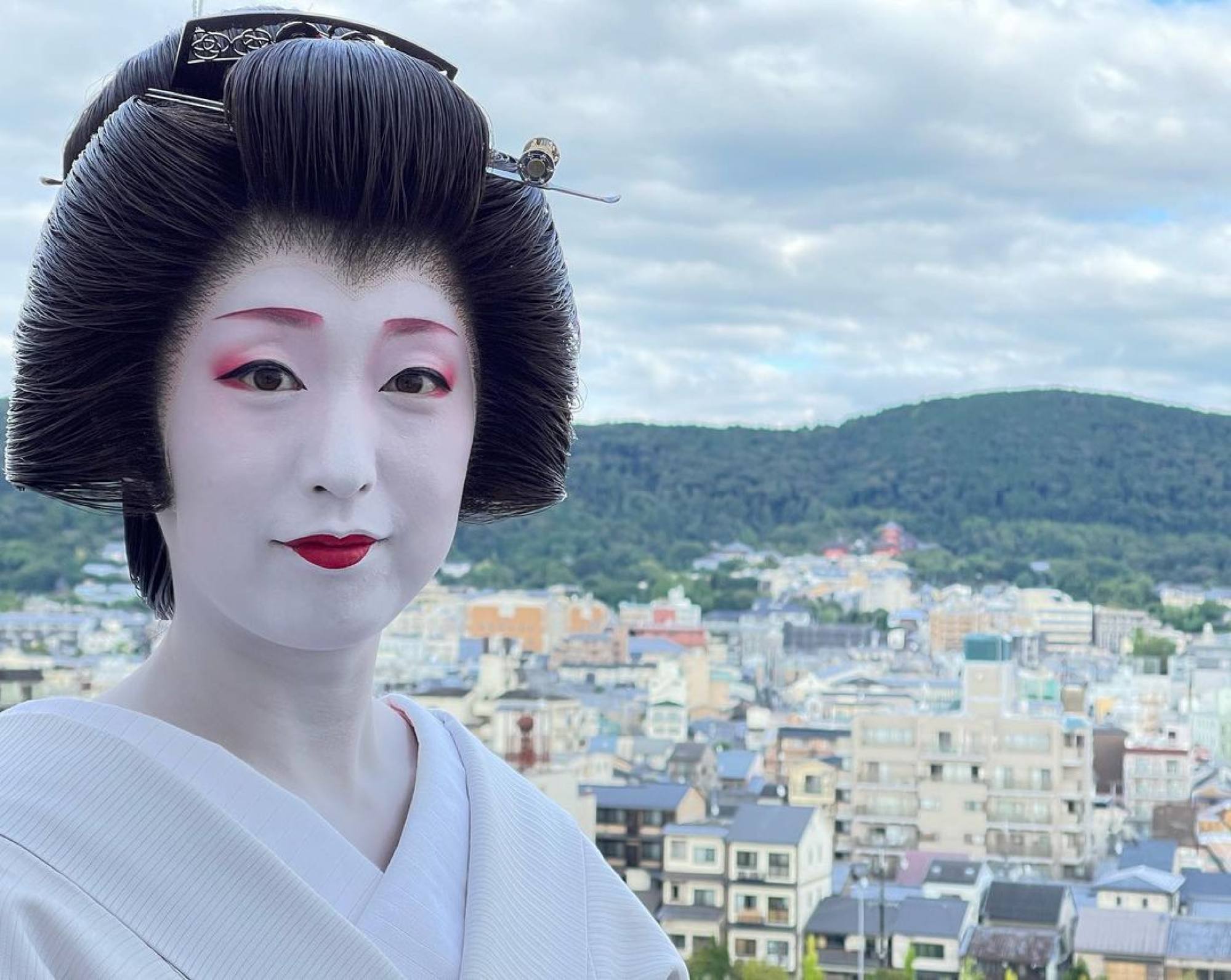
At one point I realised it’s not a question of who wears eyeliner, it’s a question of who doesn’t, because it was so ubiquitous. It was impossible not to start with ancient Egypt, because kohl originated there and it also led – 100 years ago – to eyeliner being popularised in the West with the discovery of Nefertiti’s bust in 1912.
Mary Janes are trendy and timeless: here are 6 shoes to shop right now
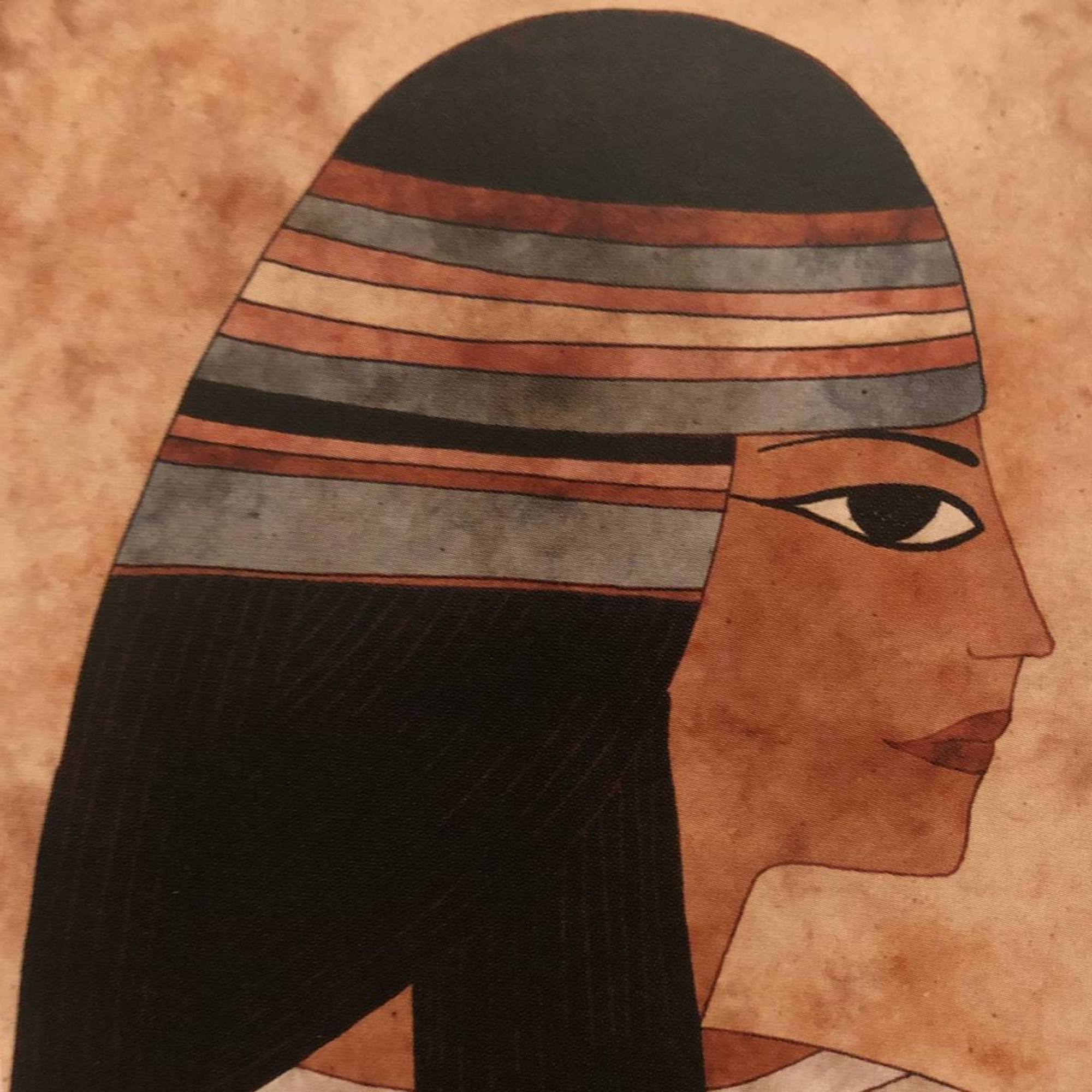
As far as the other chapters, I focused on making sure that there was representation from different regions, but also that I was being very specific with who and what I was choosing to write about, because I did not want to generalise. At the same time, I found there to be so much intersectionality between one community and the other – in the Global South in particular.
What were some of those commonalities?
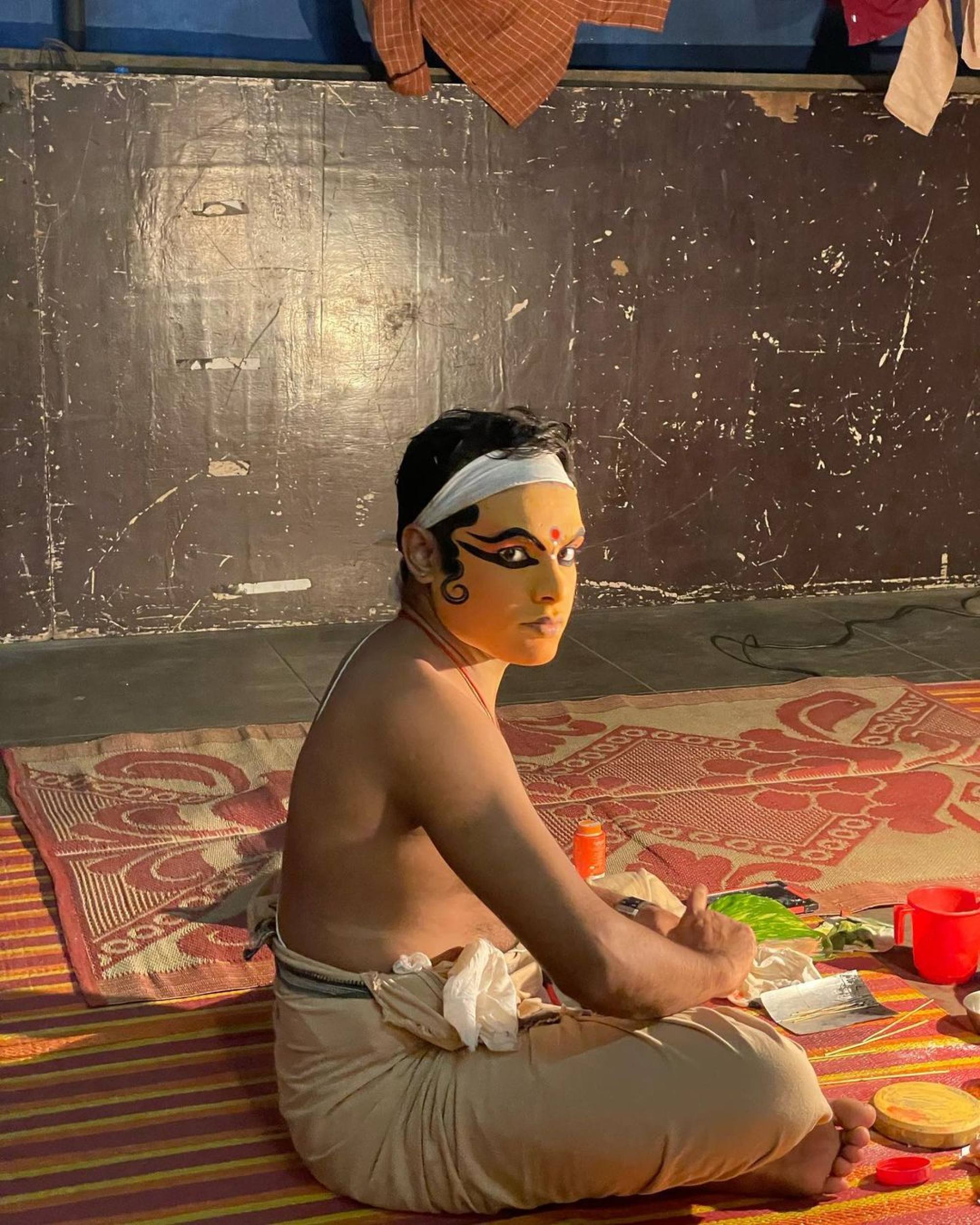
The creative’s guide to Istanbul, Turkey: where to stay, eat and explore
Then the idea of wearing eyeliner to carry on your heritage – this was particularly important in the Bedouin community in Petra, who were removed from the caves where they had lived for over a century and as a result, were forced to dilute some of their cultural practices. But they’re very adamant about holding on to these cultural norms, including wearing eyeliner.
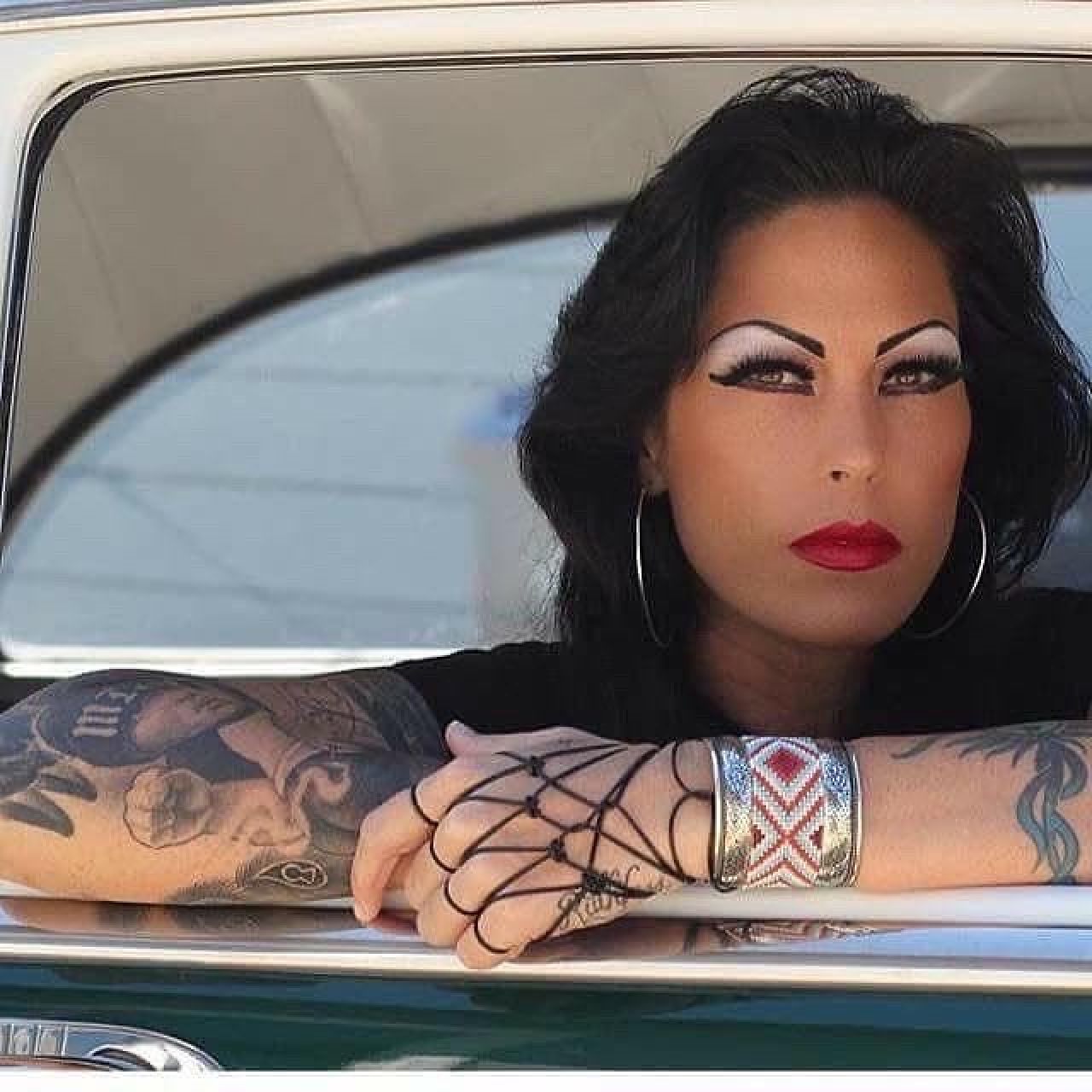
You see the same thing with a Mexican-American community in Los Angeles. When they moved from Mexico, they faced a lot of discrimination and one way they resisted – they mobilised politically, but beyond that – was through their aesthetic. That aesthetic for women evolved to very much include the cat eye as a form of resisting assimilation or the adoption of Eurocentric or Anglo-American beauty norms.
How do Iranian women use eyeliner as a tool of resistance?
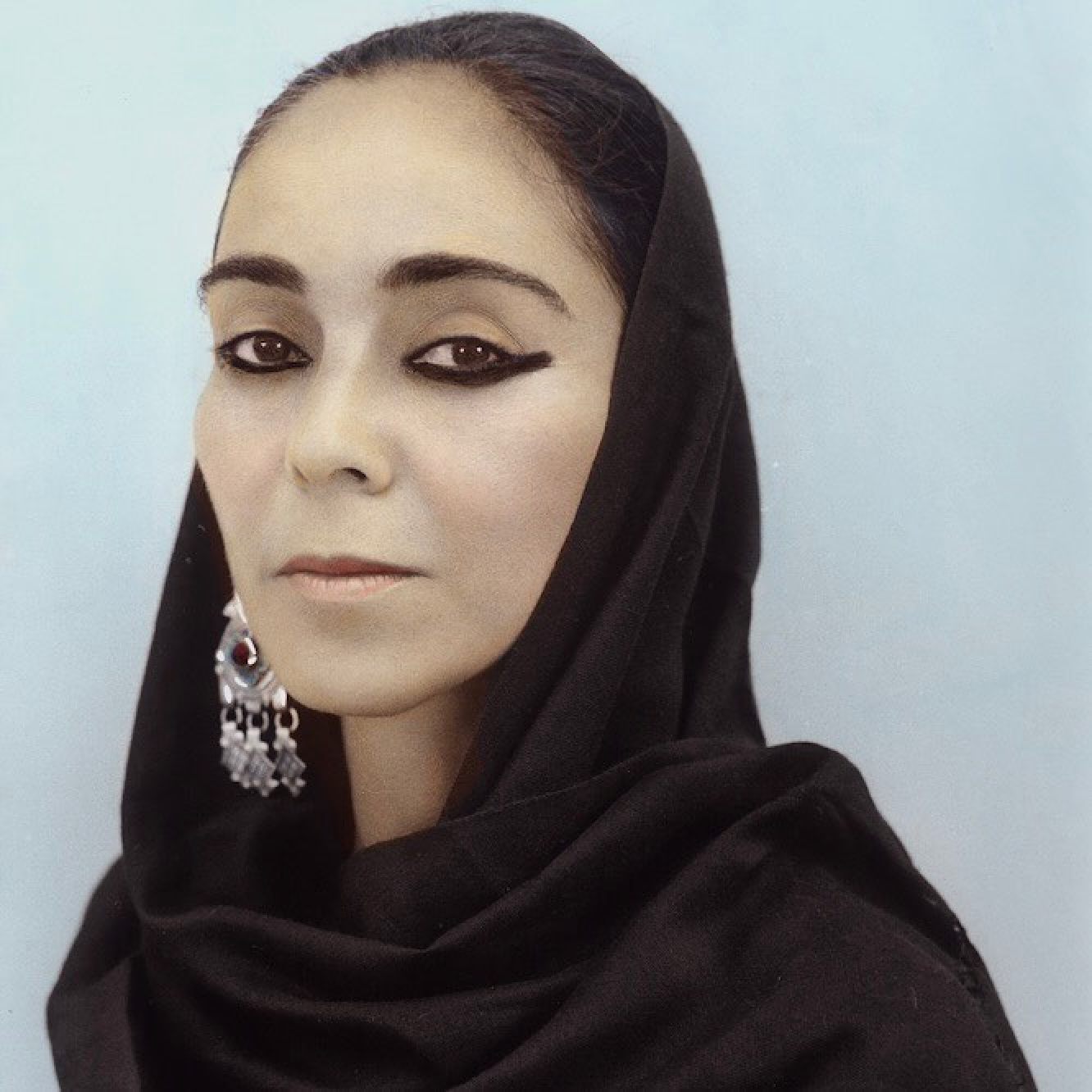
The week I was going to Iran, the protests erupted after the death of Mahsa Amini, who was arrested by the morality police for allegedly violating Iran’s mandatory headscarf law.
In a way, it brought back to the surface this idea of women’s bodies being policed and how their face is such an important area of self-expression, because they don’t have much else. In the Arab world, the idea of darkened eyes is very much present in poetry and literature and film. But beyond that, eyeliner can be a form of rebellion for young women in Iran, because they’re going beyond what is allowed or perceived to be allowed.
They understand if they wear it a particular way, if the wing is bolder, there can be consequences, because the morality police are literally scrutinising how they’re choosing to present themselves. And that can ultimately be a matter of life or death.
Lego x Hermès Birkin bag: the AI-generated collab we never knew we wanted
You travelled to some extraordinary places in this book, including to the Worso festival in Chad, which is like a male beauty contest among the nomadic Wodaabe people. Can you describe that experience?
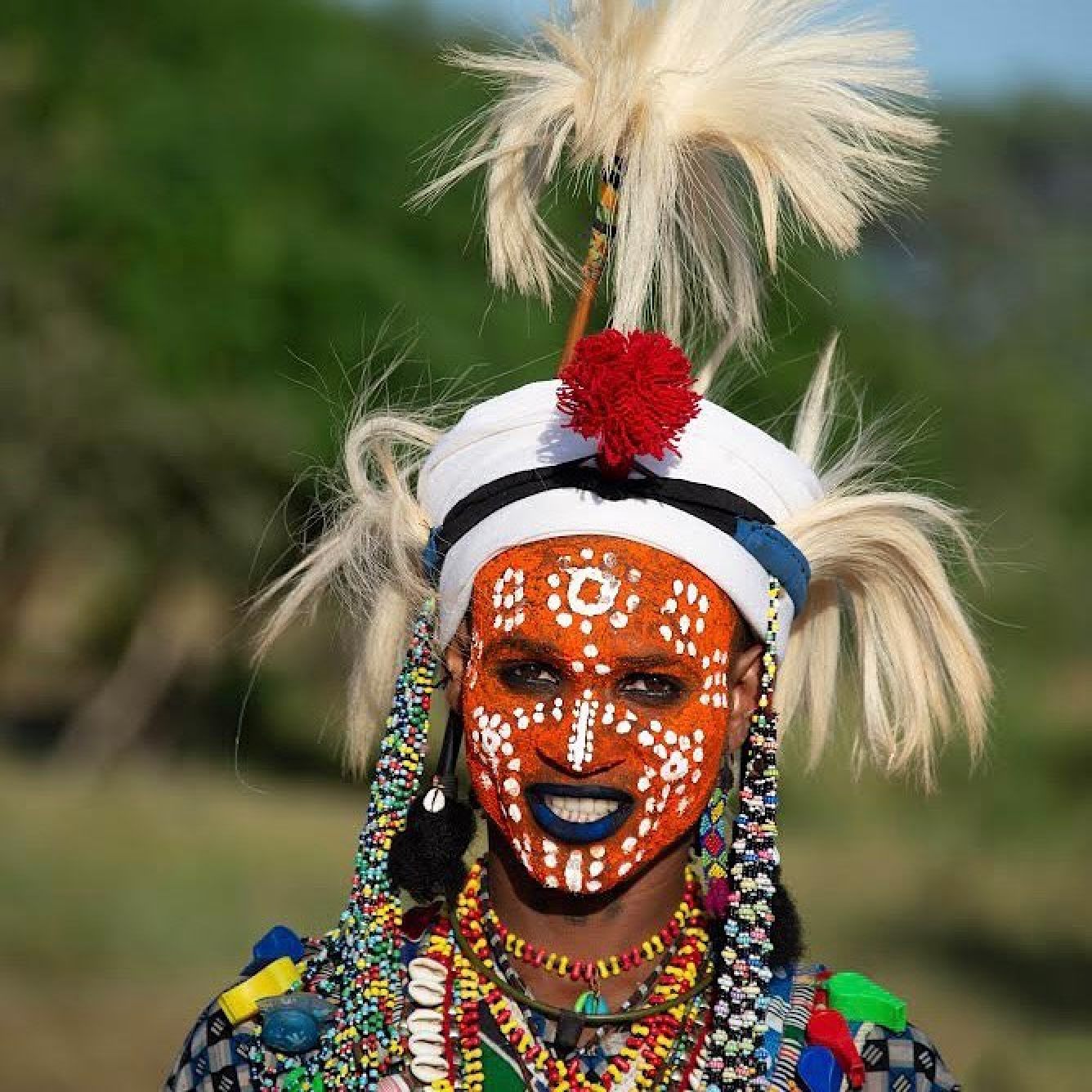
It was the most unique travel experience of my life. It was eight or nine days of camping in the savannah. The Wodaabe men would wake up at the break of dawn to start preparing themselves for the day’s activities. They would spend about an hour beautifying their faces, applying make-up that was made from natural materials – kohl being one of the most important parts of that beautification process. Then they would start dancing and the dancing would go on for hours and hours.
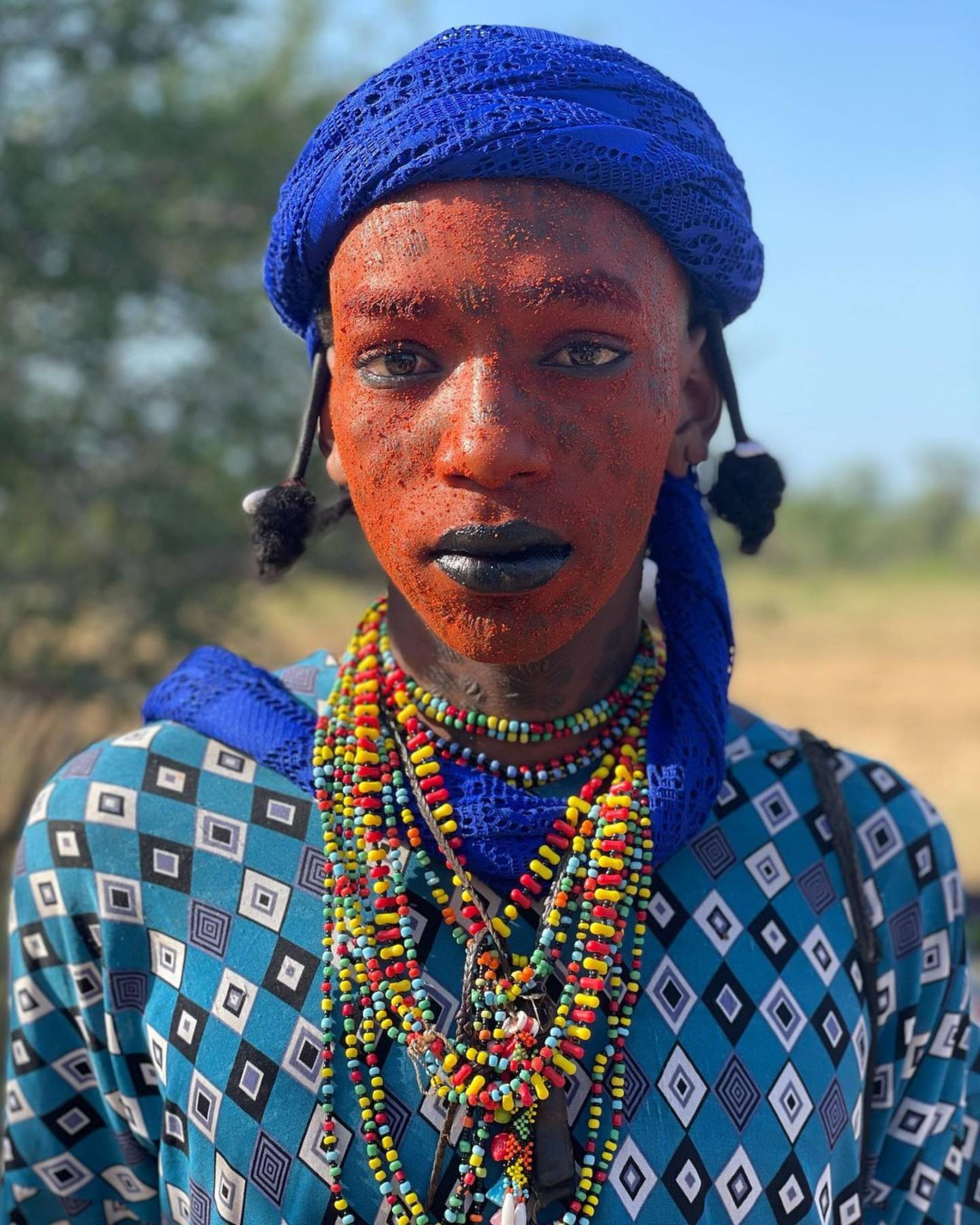
The women were the ones who were kind of chilling, and the men were the ones who had so much pressure on them to perform. Usually these beauty contests require two clans, because the clans are supposed to intermarry, to mix the gene pool. But the second clan wasn’t showing up because they’d had some sort of fallout the previous year.
Then, on the final night, at the break of dawn as the sun was coming up, the second clan arrived and then it just became a dance-off. Each clan was dancing separately and then they came together as one, flaunting their beauty and showing off. It was so beautiful and profound.
‘Cash grab’? 8 struggling celeb beauty brands, from Kim K to Lady Gaga
Make-up is often seen as a mask, but your reporting indicates that eyeliner is the opposite.

Absolutely! It’s funny, because my boyfriend has been exasperated with me, because he never sees me without eyeliner. He’ll say, like, “Sometimes it’s OK to let people see who you really are.” And I say to him, “On the contrary, this is who I am.”
Because eyeliner channels so much history, so much about my heritage, so much about my ancestors. It connects me to my mother, connects me to my sister, connects me to my grandmother. And that, to me, is who I am.

- Lebanese-British journalist Zahra Hankir recently published Eyeliner: A Cultural History, a book about the age-old cosmetic and its significance in various communities, from geishas to Bedouins
- The author wants to ‘deflect from the Western gaze and Eurocentric beauty norms’ and applies an anthropological approach in understanding how wearing eyeliner empowers people from the Global South